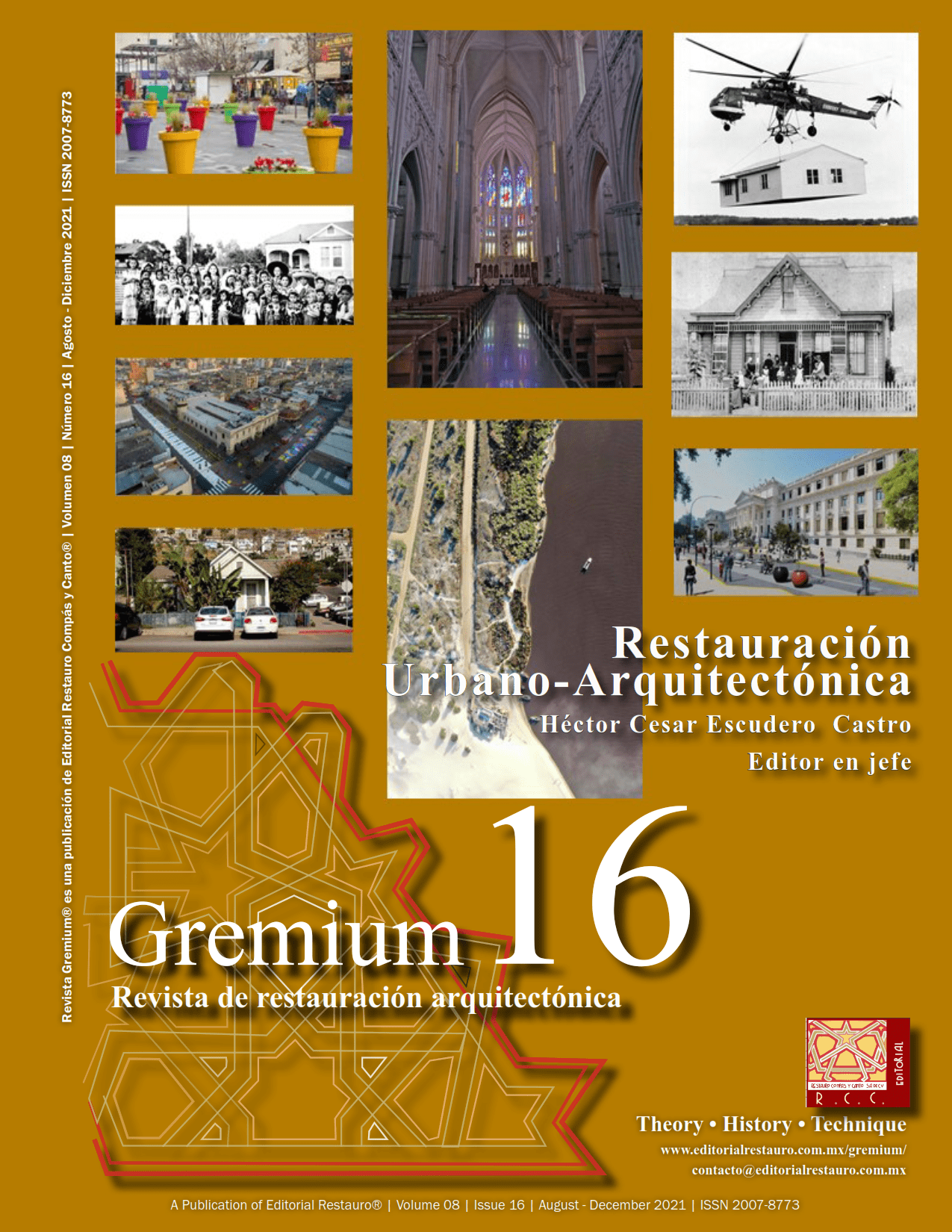The bungalow: foundation of the urban heritage of Ensenada, Baja California, Mexico
DOI:
https://doi.org/10.56039/rgn16a02Keywords:
urban heritage, typology, bungalowAbstract
On the North American Pacific Coast, most of the historic buildings that make up urban structures employ
forms and construction systems that were disseminated at the end of the nineteenth century through
prefabricated models and distributed throughout the American continent. The city of Ensenada in the northwest
of Mexico is in this coastal strip, and its traditional construction techniques are adobe and wooden framework
systems called Balloon frame and Platform Frame. The disappearance of the built heritage that persists within
certain geographic areas using these techniques, affects the negative transformation of local identity. Many of
those heritage structures that still survive, mostly homes, are the result of the constructive and environmental
adaptation of the Californian and English bungalow. Their survival and legacy show a healthy and ecological way
of living for more than a hundred years. This work aims to analyze the origin, development, and constructive
adaptations of the bungalow in Ensenada, through the methodological combination of typology and historical
interpretation. Some reflections on the forms and modes of appropriation are presented through the configuration
of space and its different manifestations from a heritage and environmental perspective. The results of this
research demonstrate the symbolic importance for its inhabitants and the potential of this heritage as a means
to raise the quality of life of the local community from sustainability.
Downloads
Downloads
Published
Issue
Section
License

This work is licensed under a Creative Commons Attribution-NonCommercial-ShareAlike 4.0 International License.























